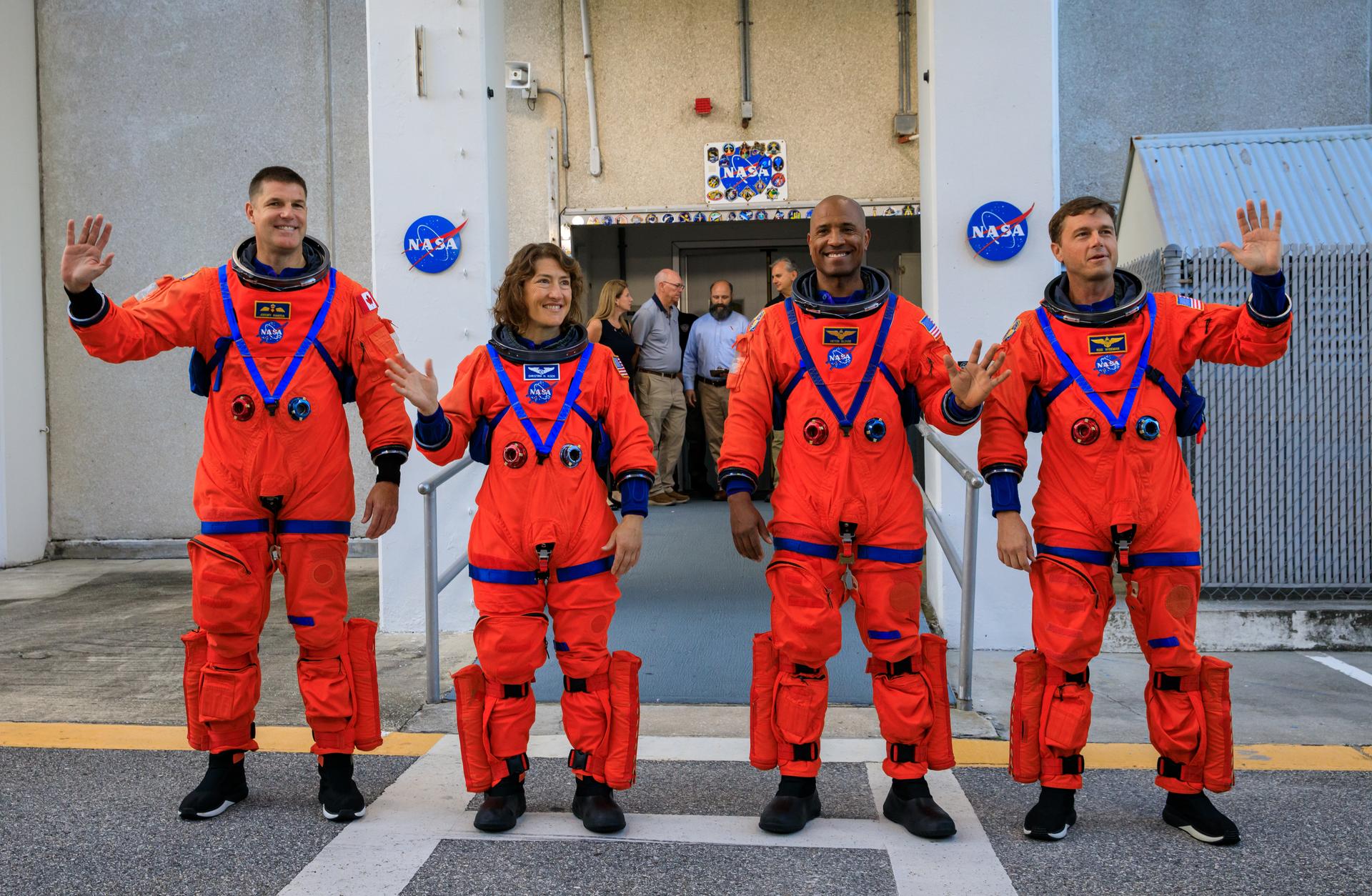This is why NASA is postponing the next Artemis missions to the Moon

NASA has postponed Artemis 2 and 3 missions to the Moon. The decision to postpone the program by about a year will give contractors (SpaceX and Lockheed Martin among others) more time to complete their technology. Full details
It's still early for the Moon.
NASA is postponing by one year the schedule of the Artemis program which includes the return of astronauts to the Moon for reasons of crew safety. This was announced by NASA Chief Administrator Bill Nelson in the press conference on the update of the Artemis program with the aim of returning astronauts to the lunar surface for the first time since the Apollo era.
The four-astronaut crew of Artemis 2 will now have to wait until 2025 before they can carry out their planned flyby around the Moon aboard the Lockheed Martin-built Orion capsule, while their Moon landing as part of Artemis 3 has been postponed by 2025 to 2026.
“Safety is our top priority,” Nelson said. “To give Artemis teams more time to address challenges with initial development, operations and integrations, we will dedicate more time to Artemis 2 and 3.”
The two missions will follow the uncrewed Artemis I mission, which launched on November 16, 2022, which tested the Orion spacecraft without a crew on board. Artemis 4, the first planned mission to an extraterrestrial space station, nicknamed Gateway, remains on track for 2028, NASA said.
The communication comes the day after the takeoff of Peregrine, the first American lunar lander in decades which suffered a "critical" loss of fuel at the time of launch and will therefore not be able to attempt the moon landing.
All the details.
NASA'S DECISION TO POSTPONE THE ARTEMIS 2 AND 3 MISSIONS TO THE MOON
Base Administrator Bill Nelson said the delays were necessary because "the safety of our astronauts is NASA's top priority."
To carry out these missions safely, U.S. agency officials are modifying plans for Artemis 2 and Artemis 3 to allow teams to address challenges associated with early development, operations and integration.
PROBLEMS ENCOUNTERED WITH THE HEAT SHIELD IN ARTEMIS 1
Ensuring the safety of the crew is the main factor for changes to the Artemis 2 program, NASA specifies.
As the first flight test of Artemis with the crew aboard the Orion spacecraft, the mission will test the critical environmental control and life support systems needed to support the astronauts, the agency said. NASA tests to qualify components to keep the crew safe and ensure mission success have encountered problems that require additional time to resolve. Teams are solving a battery issue and addressing challenges with a circuit component responsible for air ventilation and temperature control.
Problems and investigations into Orion's heat shield, the shell that protects astronauts from the heat resulting from re-entry into the Earth's atmosphere, are also among the reasons for the delays. Orion was first launched into space in 2022 without people on board on the Artemis 1 mission, which marked the first flight of NASA's powerful Space Launch System rocket.
NASA's investigation into the unexpected loss of pieces of carbon layer from the spacecraft's heat shield during Artemis 1 is expected to conclude this spring, the agency said.
THE NEW ROADMAP OF NASA'S ARTEMIS PROGRAM TO THE MOON
Therefore, in light of these elements, NASA will now aim for September 2025 for Artemis 2 instead of the end of 2024, the first manned Artemis mission around the Moon, and September 2026 for Artemis 3 (instead of December 2025), which plans to land the first astronauts near the lunar South Pole. Artemis 4, the first mission to the Gateway lunar space station, remains on schedule for 2028.
On the other hand, Artemis 1 was also originally scheduled for 2021, but was launched at the end of 2022, delayed due to engine problems.
DEPENDENCE ON CONTRACTORS SPACEX, BOEING, LOCKHEED MARTIN AND MORE
Additionally, the Artemis program relies on a variety of vehicles and equipment built by companies including Boeing, Northrop Grummann, Lockheed Martin, Elon Musk's SpaceX ( which plans to conduct its third Starship test in February ), and Jeff Bezos' Blue Origin . Axiom Space and RTX, Collins Aerospace is also developing lunar spacesuits to support the program.
But many of these companies still face obstacles, both development and technological setbacks, such as problematic batteries in Lockheed's Orion capsule and problems demonstrating in-space refueling with SpaceX's Starship, reports CNBC .
As each crewed Artemis mission increases complexity and adds flight tests for new systems, the reshaping of the roadmap will give vendors developing new capabilities – SpaceX for the human landing system and Axiom Space for next-generation spacesuits – additional time for testing and possible future refinements of the mission.
MATTER OF TIMING
The announcement of the postponements came the day after the launch and subsequent problems of the Peregrine lander, built by the private company Astrobotic in collaboration with NASA and to which the US agency has entrusted six experiments to collect data useful for the Artemis programme. With the moon landing initially scheduled for February 23, yesterday the dream of a soft landing on the Moon for Peregrine, which would have been the first for an American device in more than 50 years, finally faded.
AND NO, CHINA WILL NOT LAND FIRST ACCORDING TO THE NUMBER ONE OF THE AMERICAN SPACE AGENCY
Finally, Nelson said he is not worried that China might get to the Moon before the United States with Artemis, SpaceNews reports. “I have no fear that China might land before us,” said the NASA number one. “With our landing in September of '26, that will be the first landing.”
This is a machine translation from Italian language of a post published on Start Magazine at the URL https://www.startmag.it/innovazione/ecco-perche-la-nasa-posticipa-le-prossime-missioni-artemis-sulla-luna/ on Thu, 11 Jan 2024 13:05:45 +0000.
